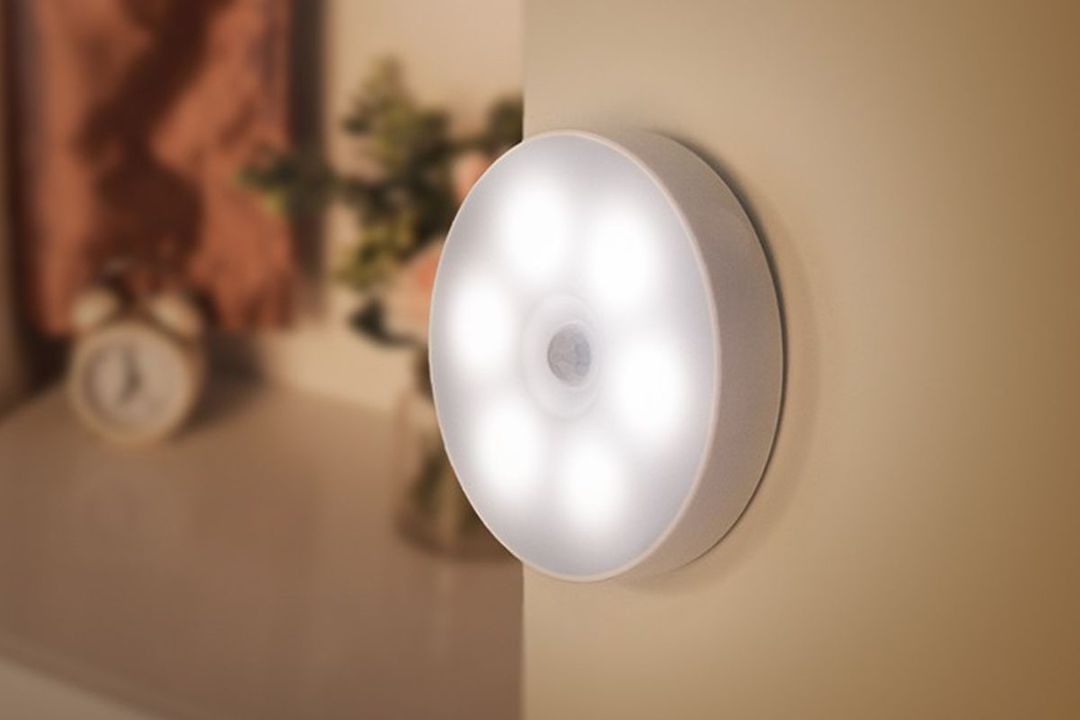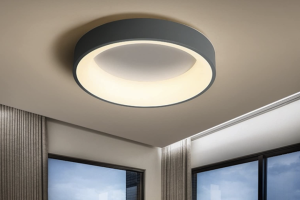
Induction Lamp: Night Walking Made Easy
Induction lamps are a type of lighting technology that utilizes electromagnetic induction to produce light. Unlike traditional incandescent or fluorescent lamps, which rely on filaments or gas to generate illumination, induction lamps operate by creating an electric field that excites gas molecules within a sealed bulb. This process results in the emission of ultraviolet light, which then interacts with a phosphor coating on the inside of the lamp, converting it into visible light.
The design of induction lamps Yigo allows for a longer lifespan and greater energy efficiency compared to conventional lighting options. One of the most notable characteristics of induction lamps is their durability. They are typically constructed with robust materials that can withstand various environmental conditions, making them suitable for both indoor and outdoor applications.
Additionally, induction lamps are known for their low maintenance requirements, as they do not have fragile components like filaments that can easily break. This makes them an appealing choice for areas where consistent lighting is essential, such as streets, parks, and pathways.
Benefits of Using Induction Lamps for Night Walking
Energy Efficiency
Induction lamps offer several advantages that make them particularly well-suited for illuminating walking paths during nighttime hours. One of the primary benefits is their energy efficiency. Induction lamps consume less power than traditional lighting options while providing a comparable or even superior level of brightness. This not only reduces electricity costs but also contributes to a lower carbon footprint, making them an environmentally friendly choice.
Enhanced Visibility
Another significant advantage of induction lamps is their exceptional color rendering capabilities. They produce a bright, white light that closely resembles natural daylight, enhancing visibility and making it easier for walkers to see their surroundings. This quality is especially important in areas where uneven terrain or obstacles may pose a risk to pedestrians.
Improved Safety
The clarity provided by induction lamps can help individuals navigate safely, reducing the likelihood of accidents or injuries during night walks.
How Induction Lamps Improve Safety During Night Walks
Safety is a paramount concern for anyone walking at night, and the right lighting can play a crucial role in ensuring a secure environment. Induction lamps contribute to safety in several ways. First and foremost, their bright illumination helps to deter potential criminal activity.
Well-lit areas are less attractive to would-be offenders, as the increased visibility makes it easier for passersby and law enforcement to spot suspicious behavior. This deterrent effect can create a sense of security for individuals walking alone or in groups. Moreover, induction lamps provide consistent and uniform lighting across walking paths, reducing shadows and dark spots that can conceal hazards.
This uniformity is essential for maintaining awareness of one’s surroundings, allowing walkers to identify potential obstacles such as uneven pavement, curbs, or other pedestrians. The ability to see clearly in all directions enhances situational awareness, enabling individuals to react promptly to any unexpected situations that may arise during their walk.
Features to Look for in Induction Lamps for Night Walking
When selecting induction lamps specifically for night walking, several features should be considered to ensure optimal performance and safety. One important aspect is the lumen output, which measures the brightness of the lamp. A higher lumen output is generally preferable for outdoor settings, as it provides better visibility over larger areas.
For night walking paths, lamps with a lumen output of at least 3,000 lumens are often recommended to ensure adequate illumination. Another critical feature is the color temperature of the light emitted by the lamp. Color temperature is measured in Kelvin (K) and affects how warm or cool the light appears.
For night walking, a color temperature between 4000K and 5000K is ideal, as it produces a bright white light that mimics daylight without being overly harsh. Additionally, look for induction lamps with adjustable brightness settings or motion sensors that can automatically adjust illumination based on pedestrian activity. This feature not only enhances energy efficiency but also provides tailored lighting based on real-time needs.
Tips for Choosing the Right Induction Lamp for Night Walking
Choosing the right induction lamp for night walking involves considering various factors beyond just brightness and color temperature. One essential tip is to assess the specific environment where the lamp will be installed. For instance, if the walking path is surrounded by trees or buildings that may obstruct light, selecting lamps with a wider beam angle can help ensure that light reaches all areas effectively.
Conversely, if the path is open and exposed, lamps with a narrower beam may suffice. Additionally, consider the installation height and placement of the induction lamps. Proper positioning can significantly impact the effectiveness of the lighting.
Lamps should be mounted at an appropriate height to minimize glare while maximizing coverage. It’s also beneficial to choose fixtures that are weather-resistant and designed for outdoor use to withstand varying environmental conditions. Finally, consulting with local regulations regarding outdoor lighting can help ensure compliance with any community standards or guidelines.
Maintenance and Care for Induction Lamps
Cleaning the Lamp Fixtures
Regular cleaning of the lamp fixtures is essential to prevent dust and debris from accumulating on the surface, which can diminish light output. Using a soft cloth and mild cleaning solution can help maintain clarity without damaging the lamp’s materials.
Checking Electrical Connections
Another aspect of maintenance involves checking the electrical connections periodically. Ensuring that all wiring is secure and free from corrosion will help prevent any potential issues that could affect performance.
Troubleshooting Common Issues
If an induction lamp begins to flicker or dim unexpectedly, it may indicate a problem with the ballast or other components that should be addressed promptly. By following these maintenance tips, users can extend the lifespan of their induction lamps and continue to enjoy safe and effective lighting during night walks.


